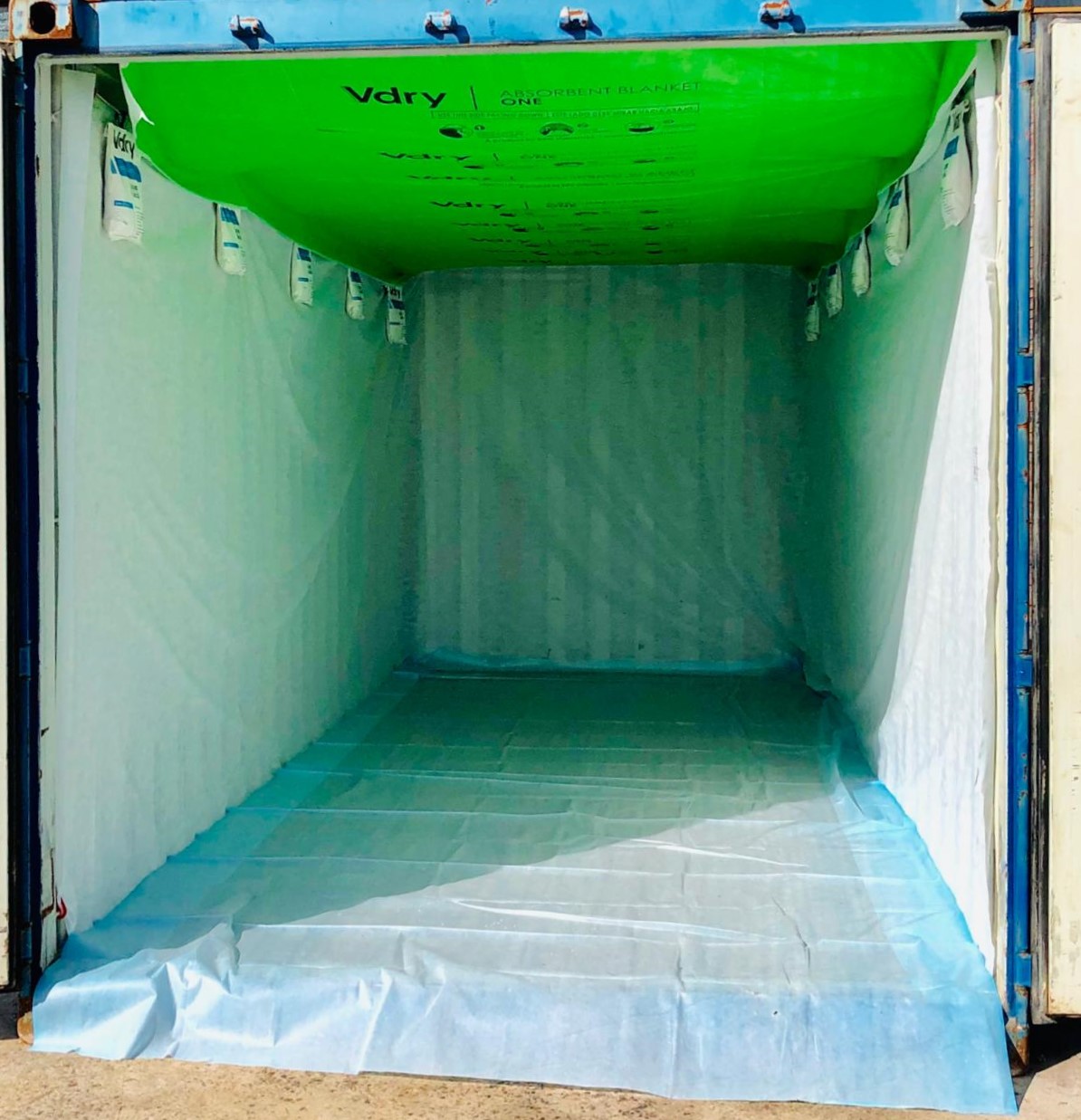Products / Pestoxin
PESTOXIN®
Aluminium phosphide 56% - SENASA Nº: 33.583
Pestoxin® tablets and pellets contain aluminium phosphide and will release phosphine gas through hydrolysis upon exposure to air and humidity. Pestoxin® is used to protect commodities by attacking pests at every stage of their life cycle. Pestoxin® does not leave any residues that could damage commodities before their industrialization process.

Bulk goods: Cereal grains (wheat, rye, oats, corn, sorghum, rice), pulses (peanuts, peas, lentils, etc.), oilseeds (soya, sunflower, etc.), tobacco, timbers, cotton fibers.
Bagged goods: meals, semolina, dried fruits and vegetables, aromatic herbs, spices, cocoa, nuts, coffee, pasta products, tobacco bundles and other manufactured goods.
PESTOXIN® may be applied inside sealed containers or structures with proper airtightness. For stowage treatments, if nylon covers are to be utilized, they ought to be in perfect conditions and at least 200 microns thick.
PESTOXIN® is highly effective against different mite species, as well as crawling and flying insects. Recommended for pest control of stored goods.
Mites – flour spiders – stored grains mites – grain borers – wheat weevils – rice weevils – maize weevils – Indian meal moth – grain beetles – red flour beetles – confused flour beetles – dried fruits moths – saw-toothed grain beetles – old-house borers.
- Pestoxin® does not react with treated goods or alters their chemical composition and organoleptic properties. It does not damage in any way subsequent transformation processes.
- Pestoxin® does not affect seeds germination potential.
- Recommended for short-acting curative treatments.
- Bulk Storage: 3 to 6 tabs per ton
- Bagged Storage: 1 ½ to 2 tabs per m3
- Empty Cargo Holds: 2 to 3 tabs per m3
- Ship/Barge Cargo Holds: Conditional
Upon exposure to air, PESTOXIN® begins to react with commodities and air moisture to produce high purity phosphine gas (PH3). The rate at which phosphine gas is produced depends on moisture and temperature. PESTOXIN® contains as its warning agent of choice ammonia carbamate, which upon release produces a characteristic smell of garlic while also fulfilling the role of fire retardant. After 48 to 96 hours of exposure, the aluminium phosphide is spent and the reaction completed. Due to its great diffusibility, PESTOXIN® readily mixes with air and can easily circumvent packaging materials such as: paper, up to 50 microns polyethylene films, paperboard, wood boxes, burlap bags, etc.
- At least two trained persons must be present.
- Do not enter fumigated sites with gas concentrations greater than 15 ppm.
- Silver, copper, gold and alloys are susceptible to corrosion by aluminium phosphide.
- Do not induce phosphine release by watering or moisturizing the tablets.
- Tablets in 1, 5 kg cans.
- Pellets in 1 kg cans.
FOOD-GRADE LINER BAGS

Food-grade liner bags are used to protect the load from contact with the surface of the container. They are mostly used for bulk products.
NON-WOVEN FABRIC

Product especially manufactured in non-woven fabrics that prevents the loaded commodity from coming in contact with the shipping container’s floor and walls.
ABSORBENT SHEETS

Absorbent sheets protect the load from water generated due to condensation inside the shipping container.
HEAT TREATED WOOD - CATEM

Treated wood, approved by SENASA, used for the containment of bulk commodities within the shipping container.
ECOTEC SERVICES
FUMIGATION
OF BULK COMMODITIES

Safe and efficient fumigation of bulk commodities in ship holds, silos, warehouses by means of phosphine gas.
SALMONELLICIDE
AND FUNGICIDE APPLICATION

Salmonella control and mould inhibition measures. Fumigation application to combat harmful microorganisms.




